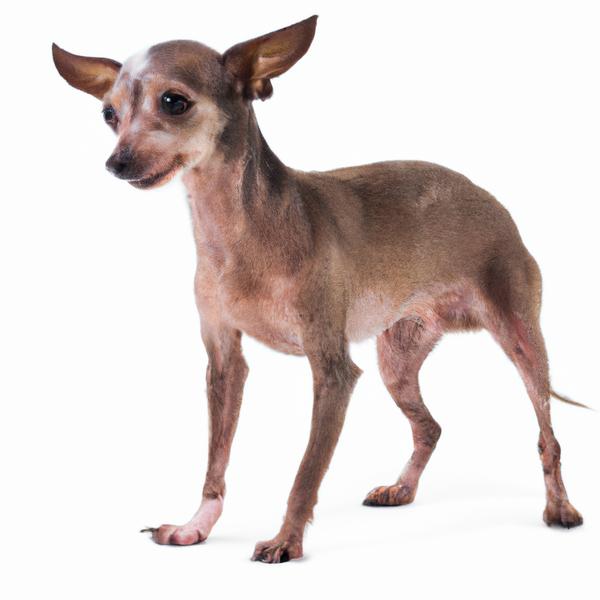Rat-A-Pap vs. Eskenji: Breed Differences and Similarities
Hypoallergenic
Are Rat-A-Paps or Eskenjis hypoallergenic, or neither?
Unfortunately, neither Rat-A-Pap nor Eskenji are hypoallergenic, which may not make them the best choice for dog lovers who suffer from pet allergies.
Temperament
What are the personalities of Rat-A-Pap and Eskenji dogs?
Loving
Happy
Energetic
Alert
Intelligent
Friendly
Affectionate
Lively
Inquisitive
Curious
Playful
Independent
Energetic
Protective
Alert
Intelligent
Friendly
Affectionate
Shedding Level
Do Rat-A-Paps shed more than Eskenjis, or which breed sheds more, Rat-A-Paps or Eskenjis?
Rat-A-Pap or Eskenji dogs are not heavy shedders, but they will lose a significant amount of hair each year. To decrease the amount of shedding, you can regularly brush your Rat-A-Pap or Eskenji. This will remove loose hair and keep their coat growing in the same direction.
Origin
What is the origin of Rat-A-Pap and Eskenji dog breeds?
United States
United States
Ancestry
What are the origins of Rat-A-Pap and Eskenji breeds?
Papillon, American Rat Terrier
Basenji , American Eskimo
Date of Birth
When were Rat-A-Pap and Eskenji breeds first developed?
Unknown
Eye Color Possibilites
What are the eye colors of Rat-A-Pap and Eskenji dogs?
Brown
Brown
Nose Color Possibilites
What are the natural nose colors of Rat-A-Pap and Eskenji?
Black
Black
Coat Color Possibilites
What are the natural colors of the coat for Rat-A-Pap and Eskenji breeds?
White
Black
Brown
Red
Fawn
Brindle
Black
White
Cream
Coat Length
What is the typical coat length for Rat-A-Pap and Eskenji breeds?
Rat-A-Paps have medium-length coats.
Eskenjis have longer coats compared to most dogs.
Coat Density
What is the density of the coat of Rat-A-Pap and Eskenji?
Coat Texture
What is the hair texture of Rat-A-Pap and Eskenji?
Straight
Litter Size
What is the usual litter size for Rat-A-Pap and Eskenji?
A Rat-A-Pap can have a litter of 5-7 puppies on average. However, it's worth noting that the size of the litters can vary greatly. Factors that can influence litter size include the health of the mother, breeding history, and genetics.
An Eskenji can have a litter of 4-6 puppies on average. However, it's worth noting that the size of the litters can vary greatly. Factors that can influence litter size include the health of the mother, breeding history, and genetics.
Adaptability
Rat-A-Paps are highly adaptable and versatile, making them excellent companions for families and individuals of all lifestyles.
Eskenjis have average adaptability to changes in lifestyle and living environments compared to other breeds.
Health Issues
Between Rat-A-Pap and Eskenji, which breed is more prone to health problems?
Rat-A-Pap and Eskenji breeds are generally considered to be healthy. However, like all breeds, they are susceptible to certain health issues and it is important to keep an eye out for them and address them with your veterinarian as needed.
Major Concerns
What are the major health concerns for Rat-A-Pap and Eskenji breeds?
Hip Dysplasia
Hip Dysplasia
Hypothyroidism
Legg-Calve-Perthes Disease
Progressive Retinal Atrophy (PRA)
Minor Concerns
What minor health issues should be kept in mind when owning Rat-A-Pap and Eskenji?
Patellar Luxation
Cataracts
Glaucoma
Von Willebrand's Disease
Hypothyroidism
Dental Problems
None
Occasional Tests
What occasional tests are recommended for Rat-A-Pap and Eskenji breeds?
Radiographs
Blood Analysis
Blood Sugar and Thyroid Tests
Complete Physical Examination
X-Rays
CT Scan
Eye Examination
Physical Examination
Blood Work
Lab Tests
Social Needs
Rat-A-Pap vs Eskenji social needs comparison
Rat-A-Pap has very high social needs and requires regular mental and physical stimulation, a job or purpose, and companionship.
Eskenji has above average social needs and thrives with interaction with humans and other dogs.
Sleeping Need
Which of the two sleeps the most/least: Rat-A-Pap or Eskenji?
Rat-A-Paps sleep less than other breeds but still need adequate sleep for good health.
Eskenjis are active and require sufficient sleep to stay healthy.
Mouthiness
Mouthiness Comparison: Rat-A-Pap vs Eskenji?
Roaming urge
Rat-A-Pap vs Labrador: Running away tendency?
Prey Drive
Rat-A-Pap or Eskenji - which breed has a higher level of prey drive?
Activity Level
Which breed has higher energy, Rat-A-Paps or Eskenjis?
Rat-A-Pap and Eskenji are high-energy dogs that require a lot of mental and physical exercise. Without proper stimulation and attention, these breeds can become problematic. If you're considering these breeds, be prepared to invest time and effort in their exercise and training.
Tolerance of being left alone
Walks per Week
How many miles should Rat-A-Pap or Eskenji walk each week?
There's really no limit to how far you walk your dog as long as they're comfortable. For Rat-A-Pap, it's at least 10 miles / week. Just remember to build distance and stamina gradually over time.
There's really no limit to how far you walk your dog as long as they're comfortable. For Eskenji, it's at least 14 miles / week. Just remember to build distance and stamina gradually over time.
Activity per Day
Do Rat-A-Paps or Eskenjis require more exercise?
In general most Rat-A-Paps usually need at least 60 minutes of exercise daily. This can be spread across the day and include all sorts of high-energy activities, like walking, running and playing.
In general most Eskenjis usually need at least 90 minutes of exercise daily. This can be spread across the day and include all sorts of high-energy activities, like walking, running and playing.
Grooming
Which breed is easier to maintain in terms of grooming, Rat-A-Paps or Eskenjis?
Rat-A-Pap and Eskenji are breeds of dogs that are known for their low grooming needs.
Brushing Frequency
What is the recommended brushing frequency for Rat-A-Pap and Eskenji dogs?
Rat-A-Pap and Eskenji should be brushed at least once a week. Of course, you can give them more frequent brushes if you find that they are still shedding a lot.
Brushing Tools
What brushing tools are used for Rat-A-Paps and Eskenjis?
Pin Brush
Slicker Brush
Nail Clipper
Pin Brush
Slicker Brush
Comb
Nail Clipper
Cups
How much food should be given to Rat-A-Pap or Eskenji in cups?
For an average 10-15 pound (5 - 7 kg) Rat-A-Pap feed 1 cups daily. But, keep in mind, the amount you feed is going to be dependent on the quality of the food you are feeding.
For an average 15-20 pound (7 - 9 kg) Eskenji feed 3 cups daily. But, keep in mind, the amount you feed is going to be dependent on the quality of the food you are feeding.
Daily Cost
Which breed has a higher daily cost, Rat-A-Pap or Eskenji?
The average cost of a Rat-A-Pap is somewhere $1.40 - $1.70 per day.
The average cost of an Eskenji is somewhere $1.70 - $2.00 per day.
Monthly Cost
Which breed has a higher monthly cost, Rat-A-Pap or Eskenji?
The average per month expenses of a Rat-A-Pap is between $35 - $42. This makes an average of $420 - $504 per year. It will be on the higher side when the dog is still small because it will need more frequent visits to the vet, shots.
The average per month expenses of an Eskenji is between $48 - $63. This makes an average of $576 - $756 per year. It will be on the higher side when the dog is still small because it will need more frequent visits to the vet, shots.
Sensitivity Level
How do Rat-A-Pap and Eskenji compare in sensitivity?
These breeds are more sensitive than others and easily overwhelmed by new surroundings and people. Rat-A-Pap and Eskenji need gentle handling and a calm, stable home environment with positive reinforcement training.
Apartment Friendly
Which breed is more apartment-friendly: Rat-A-Pap or Eskenji?
Rat-A-Pap and Eskenji are apartment-friendly dog breeds. They can do perfectly well in apartments providing they are sufficiently exercised and taken out and about as part of their owner's daily lifestyle.
Child Friendly
Do Rat-A-Paps or Eskenjis have a friendlier temperament towards children?
Rat-A-Paps make excellent family pets for kids due to their gentle, protective nature and calm temperament.
Eskenjis are good with kids if socialized and trained from a young age.
Senior-friendly
Which dog is more suitable as a pet for the elderly - Rat-A-Pap or Eskenji?
Cat Friendly
Do Rat-A-Pap or Eskenji breeds have a better compatibility with cats?
Rat-A-Paps are very friendly with cats and make great companions for them.
Eskenjis are average in their friendliness toward cats and tend to do well with them, especially if raised together.
Dog Friendly
Which breed is more sociable with other dogs: Rat-A-Pap or Eskenji?
{Rat-A-Paps and Eskenjis are average friendly towards other dogs. If they are raised with other dogs, they are likely to get along with them. And, if they are socialized properly from a young age, they will usually be great with other dogs.
Pet friendly
How do Rat-A-Pap or Eskenji dogs interact with other pets?
Stranger Friendly
Which breed is more friendly with strangers: Rat-A-Pap or Eskenji?
Rat-A-Paps are highly friendly around strangers.
Eskenjis are quick to announce strangers and can be standoffish or suspicious.
Playfulness
Which breed is more playful between Rat-A-Pap and Eskenji?
Rat-A-Pap and Eskenji are playful dogs. So, no matter how busy the day may get, the best thing you can do for Rat-A-Pap and Eskenji is to make time each day to play. It can be as little as 15-20 minutes, and it will mean the world to them.
Trainability
How do the trainability levels of Rat-A-Paps and Eskenjis compare?
Rat-A-Pap and Eskenji dogs are known for their ease of training and ability to learn quickly, making them a popular choice for pet owners and trainers alike.
Compare Rat-A-Pap with other breeds
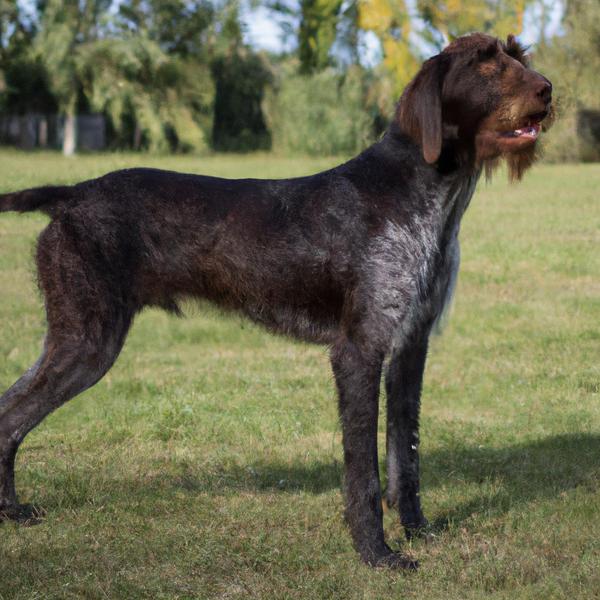
German Wirehaired Pointer
Rat-A-Pap vs German Wirehaired Pointer

Pom-Shi
Rat-A-Pap vs Pom-Shi
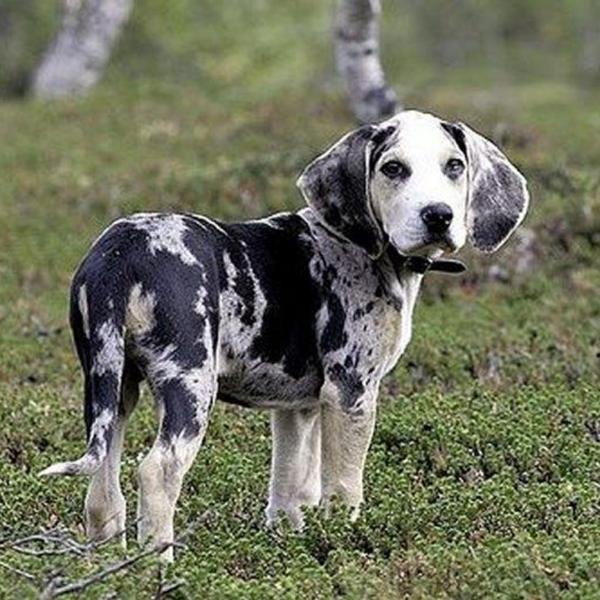
Dunker
Rat-A-Pap vs Dunker

Siberian Shiba
Rat-A-Pap vs Siberian Shiba
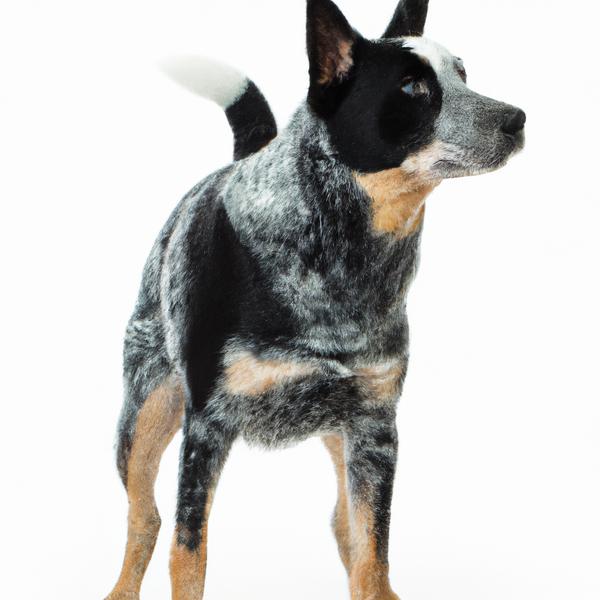
Border Heeler
Rat-A-Pap vs Border Heeler

Siberian Pinscher
Rat-A-Pap vs Siberian Pinscher
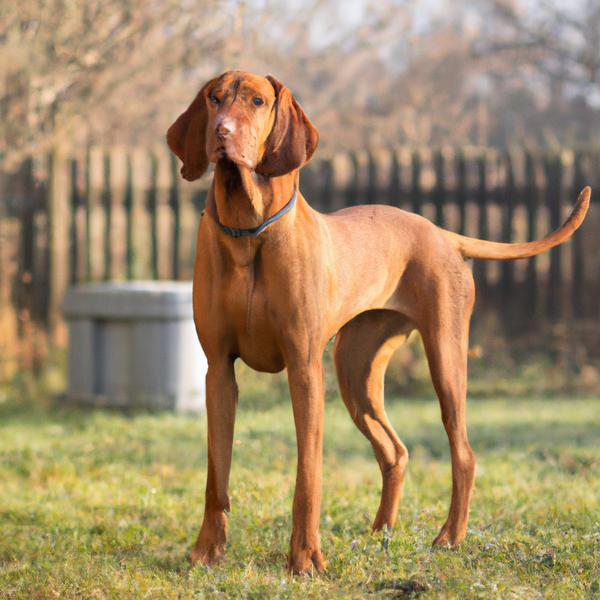
Transylvizsla Hound
Rat-A-Pap vs Transylvizsla Hound
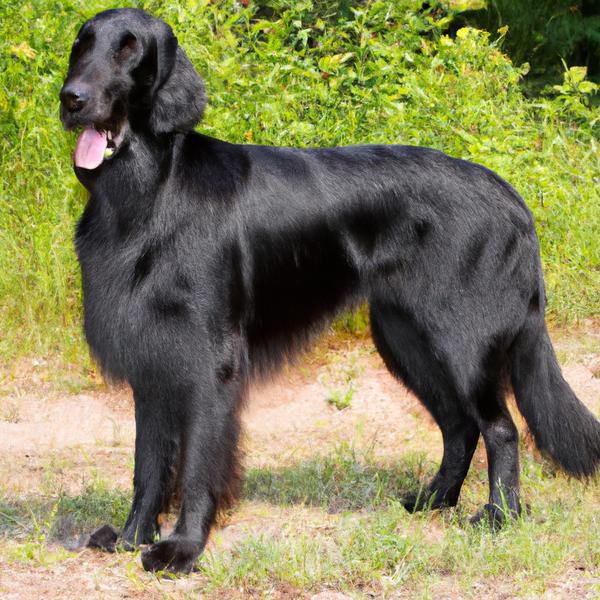
Flat-Coated Retriever
Rat-A-Pap vs Flat-Coated Retriever
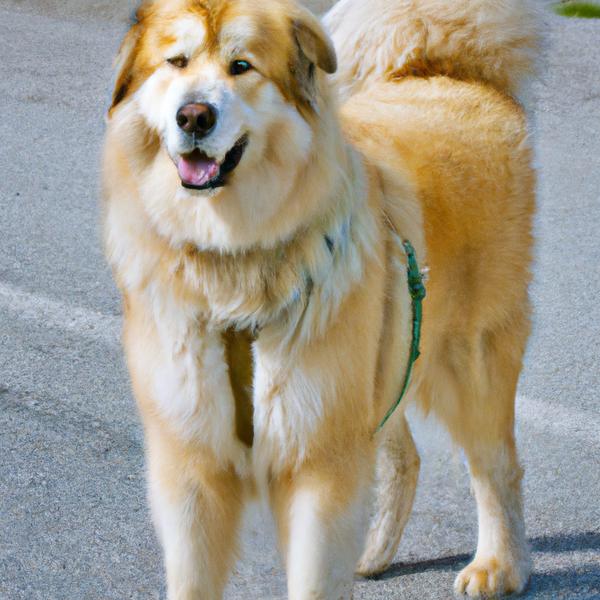
Alaskan Goldenmute
Rat-A-Pap vs Alaskan Goldenmute

Powderpap
Rat-A-Pap vs Powderpap

Bully-Tzu
Rat-A-Pap vs Bully-Tzu

Lhaffon
Rat-A-Pap vs Lhaffon
